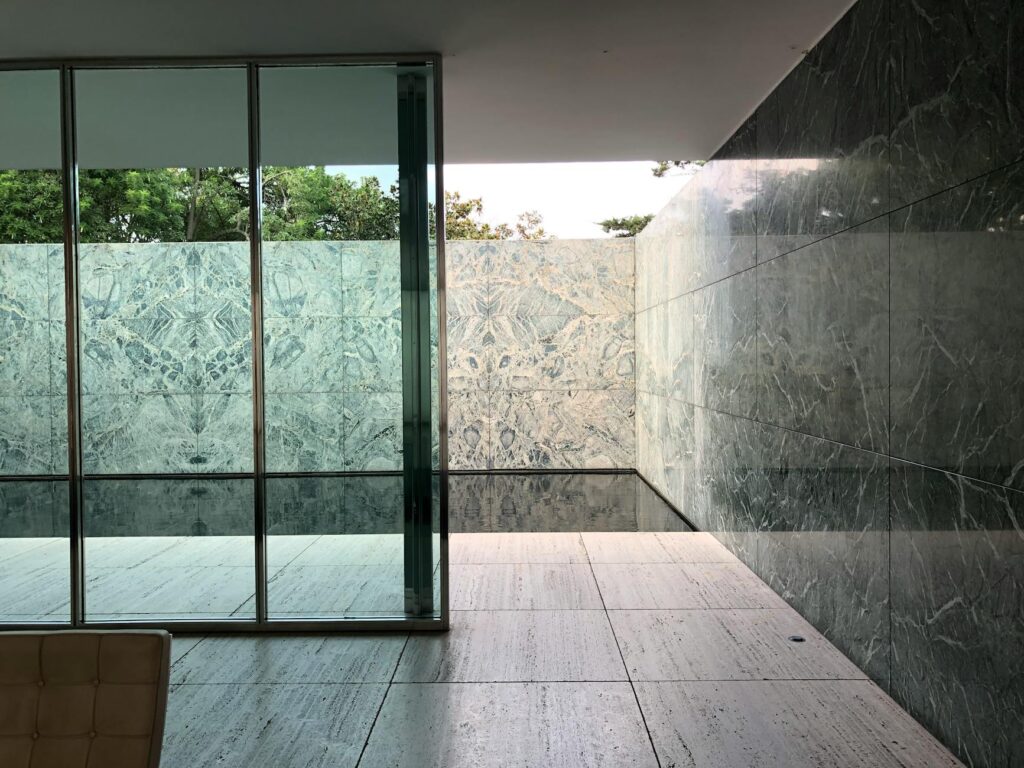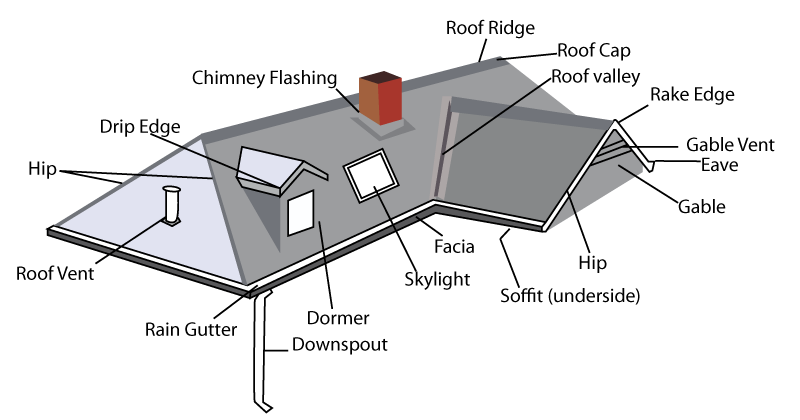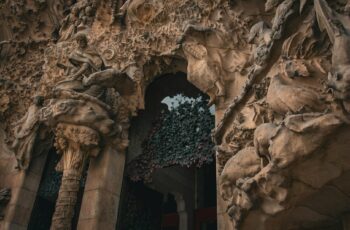Ludwig Mies van der Rohe, a name synonymous with modern architecture, left an indelible mark on the 20th century. His minimalist designs, emphasizing clean lines, functional spaces, and the honest expression of materials, continue to inspire architects and designers today. This exploration delves into the life and significant works of this architectural giant.
Early Life and Influences
Born in Aachen, Germany, in 1886, Mies’s early exposure to the craft of stonemasonry through his father’s business laid the foundation for his understanding of materials and construction. His early career involved working with Peter Behrens, a pivotal figure in the development of German modernism, where he was influenced by the emerging principles of functionality and industrial aesthetics. 
The German Pavilion
Mies van der Rohe’s design for the German Pavilion at the 1929 Barcelona International Exposition is arguably his most iconic work. This stunning pavilion, characterized by its open plan, sleek materials (including travertine marble, onyx, and steel), and exquisite detailing, showcased the elegance and sophistication of modern architecture. Its influence on subsequent designs is immeasurable. [IMAGE_2_HERE]
Barcelona Chair
In conjunction with the German Pavilion, Mies designed the iconic Barcelona chair. This exquisitely crafted chair, with its luxurious leather cushions and polished steel frame, epitomizes his commitment to both elegance and functionality. The chair remains a highly sought-after design classic. Learn more about the design process.
The Glass Skyscraper
Mies’s vision for a glass skyscraper, characterized by its minimalist aesthetic and seemingly weightless structure, significantly impacted the development of high-rise buildings. Though he didn’t build many skyscrapers during his lifetime, his conceptual designs paved the way for the glass-and-steel towers that dominate modern skylines. [IMAGE_3_HERE]
Immigration to the United States and the Crown Hall
Following the rise of the Nazi party, Mies emigrated to the United States in 1938. He became the director of the architecture department at the Illinois Institute of Technology (IIT), where he designed the Crown Hall, a masterpiece of modern architecture that exemplifies his less-is-more philosophy. The building’s open, flexible space is a testament to his functionalist approach. Explore the IIT campus.
Later Works and Legacy
Mies van der Rohe continued to design notable buildings in the United States, including the Seagram Building in New York City, a collaboration with Philip Johnson. This skyscraper, with its bronze-clad facade and restrained elegance, stands as a symbol of corporate modernism. [IMAGE_4_HERE]
The ‘Less is More’ Philosophy
Mies’s famous dictum, ‘less is more,’ encapsulates his entire architectural approach. His designs were not about ornamentation or superfluous details, but rather about achieving maximum effect through simplicity, precision, and the skillful use of materials. This philosophy continues to resonate with architects and designers today.
Conclusion
Mies van der Rohe’s impact on architecture is undeniable. His contributions, from his early work in Germany to his iconic American designs, have shaped the modern cityscape and continue to inspire generations of architects. His minimalist philosophy and unwavering commitment to quality and craftsmanship leave a lasting legacy. Discover more about his life.
Frequently Asked Questions
What is Mies van der Rohe’s most famous building? While he designed many significant buildings, the Barcelona Pavilion is often cited as his most iconic work.
What is the significance of ‘less is more’? This phrase encapsulates Mies van der Rohe’s design philosophy, emphasizing simplicity, functionality, and the elimination of unnecessary elements.
How did Mies’s work influence modern architecture? His designs significantly impacted the development of modern high-rises, minimalist aesthetics, and the use of industrial materials in architecture.
What materials did Mies van der Rohe favor? He frequently used steel, glass, travertine marble, and other materials that showcased their inherent qualities.

